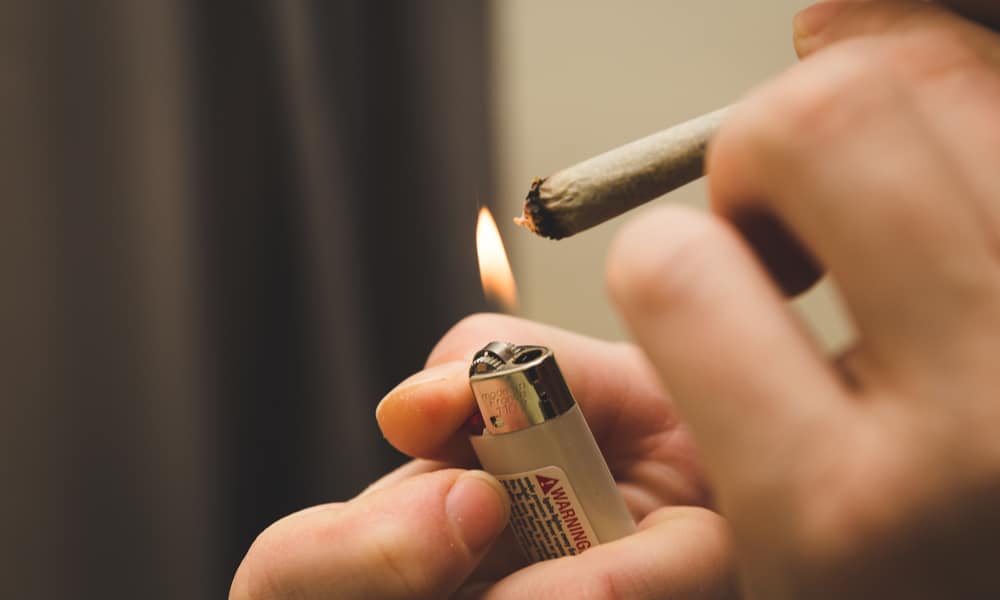New Report Reveals How Much Americans Spent on Illicit Drugs Over 10 Years
FeaturedTrending Stories August 20, 2019 MJ Shareholders 0

How many people are using cocaine, heroin, methamphetamine, and marijuana in the United States? How much are they using? And how much are they spending? These are a few of the research questions addressed by a new RAND Corporation report on trends in the U.S. markets for several illicit substances. And according to the report, business is booming. Between 2006 and 2016, the 10 years the report examines, people consumed more and spent more on nearly every federally illicit drug. In 2016, RAND estimates total spending on cannabis, cocaine, heroin, and methamphetamine grew to around $150 billion dollars.
Deaths related to illicit substance use also rose between 2006 and 2016 for every drug but one: cannabis. The RAND report, geared toward federal policymakers, includes marijuana, since it, like heroin and cocaine, are Schedule I substances under federal law. But state-legal marijuana markets provide the report with its best and most reliable data, highlighting how criminalized prohibition makes it difficult to assess drug consumption and spending. In fact, the RAND report acknowledges the inadequacies of the methodology it developed in partnership with the White House’s Office of National Drug Control Policy. But despite its shortcomings, it also offers some crucial insights into the size and activity of drug markets in the U.S.
Key Findings: Use and Spending on the Rise
Heroin consumption? Up. Cocaine use? On the rise after reversing course in 2015 after years of decline. People using methamphetamine? Tough to say exactly, but almost certainly up based on increased cross-border seizures. Past-month cannabis consumption? Way up, 30 percent up, from 2010 to 2016.
And spending? Mostly commensurate with increased use. As in, a significant amount of spending: around $150 billion in 2016, according to RAND’s estimates. For comparison, tobacco sales topped $240 billion in 2016, according to the Federal Trade Commission. Alcohol topped out at about $227 billion that same year.
Proportionally, marijuana took the cake with 36 percent of the four drugs examined, but RAND took into account state-legal products. That’s about the combined spending of cocaine (16 percent) and methamphetamine (18 percent). Spending on heroin accounted for 29 percent in 2016. Total spending only decreased on one substance, cocaine, which dropped 59 percent over ten years. Otherwise spending increased, and in the case of cannabis, by 53 percent from 2006 to 2016.
Fentanyl and Legalization are Reshaping Drug Markets
Another insight the report offers is how fentanyl is ratcheting up heroin use across the United States. The RAND report paints a much different picture of heroin use than the one provided by the 2017 National Survey on Drug Use and Health. According to the NSDUH, there were an estimated 1 million heroin users in the U.S. in 2016. But RAND disputes their measurement, which doesn’t include information involuntarily collected from arrestees. (The government cancelled that controversial data-collection program in 2014.) Instead, RAND places heroin use more than twice as high, at 2.3 million in 2016. In its findings, the report concludes that “the introduction of fentanyl into heroin markets has increased the risk of using heroin.”
While fentanyl supercharges the illicit market for heroin, legalization is, predictably, rapidly growing the cannabis market. According to RAND, the period from 2010 to 2016 saw past-month marijuana use jump almost 30 percent, from 25 million to 32 million. That jump was accompanied by a 24 percent increase in spending, from $42 billion to $52 billion.
RAND Wants Better Data, Wastewater Drug Tests
Those are the report’s best measurements. Because unlike surveys or mandatory drug screenings used to collect use about totally prohibited substances, RAND had access to data from seed-to-sale tracking systems in states with legal cannabis markets. Delivery services, loyalty card programs, customer registries, and consumer surveys also supplied RAND with data about cannabis use and spending.
In other words, legalization, regulation, and monitoring systems are actually providing reliable data about consumer habits and spending. And RAND wants more. But with legalization of drugs like heroin and cocaine still a pipe dream for social and criminal justice reform advocates, there are no strong ways to collect data about the use and spending on other drugs.
But RAND has a few ideas. In the report’s recommendations, RAND calls for reinstitution of the Arrestee Drug Abuse Monitoring Program and collecting drug use data from jails and booking facilities. RAND also called for following Europe’s lead and testing wastewater for drug residues. “The science is advancing, is readily scalable and could provide insights about drug consumption at the local level,” the report reads.
MJ Shareholders
MJShareholders.com is the largest dedicated financial network and leading corporate communications firm serving the legal cannabis industry. Our network aims to connect public marijuana companies with these focused cannabis audiences across the US and Canada that are critical for growth: Short and long term cannabis investors Active funding sources Mainstream media Business leaders Cannabis consumers










No comments so far.
Be first to leave comment below.